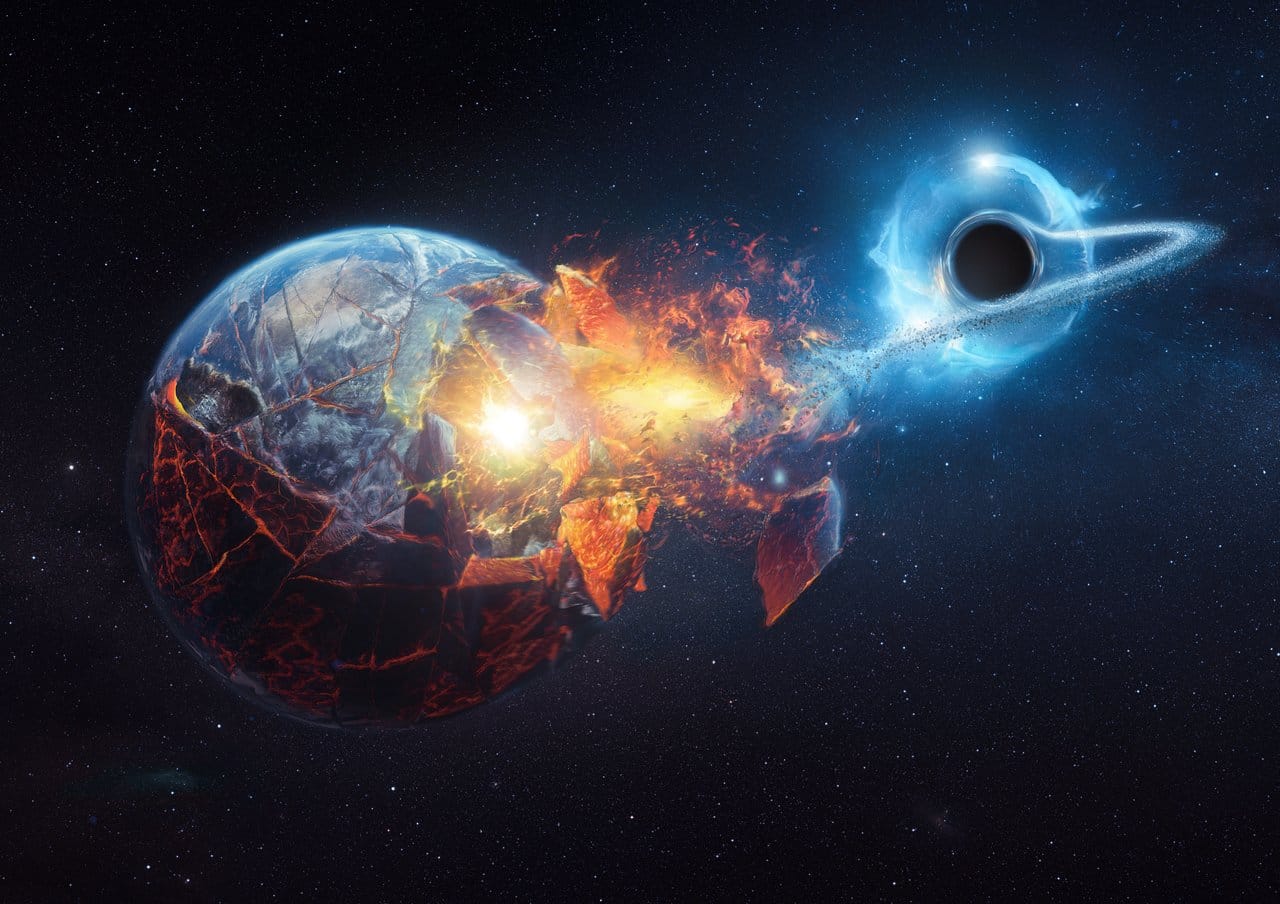Black holes are intriguingly ominous entities. They possess the ability to engulf anything that ventures too close, including light, which is the swiftest form of energy propagation in the cosmos. Anything, whether it be a star, a planet, or any other celestial body, that crosses the perilous threshold of a black hole is inevitably torn apart and gradually devoured by this celestial entity, which boasts the most formidable gravitational force known to science.

It is unquestionably prudent to maintain a substantial distance between oneself and a black hole. Since these enigmatic phenomena are not directly observable, determining their precise quantity in the vast expanse of space remains an insurmountable challenge. Black holes only become discernible when they become active, typically during the process of annihilating a nearby star or celestial body.
At present, our knowledge is limited to approximately 20 stellar mass black holes within our Milky Way galaxy. Among these, it was previously believed that the nearest contender resided comfortably at a distance of 1,565 light-years from Earth.
However, a recent research study suggests that a black hole could potentially exist much closer to our cosmic neighborhood. A group of astronomers conducted a comprehensive analysis and simulation of the Hyades cluster, a collection of stars situated a mere 150 light-years away. Their investigations have led them to speculate that within the Hyades cluster, there might be two or three stellar mass black holes.
The Hyades cluster is estimated to have an age of approximately 625 million years. According to the study, the black holes under consideration either originated within the cluster or were expelled from it less than 150 million years ago. In the latter scenario, they could be hovering at the periphery of the cluster.
Should we be concerned about the potential presence of these black holes in our vicinity? Scientists have evaluated the situation and concluded that even if one of these black holes is in motion, it is traveling at a velocity of 3 kilometers per second. Moreover, even if it happens to be advancing toward us, it would require an exceedingly extensive period of time to reach our vicinity, posing no immediate threat.